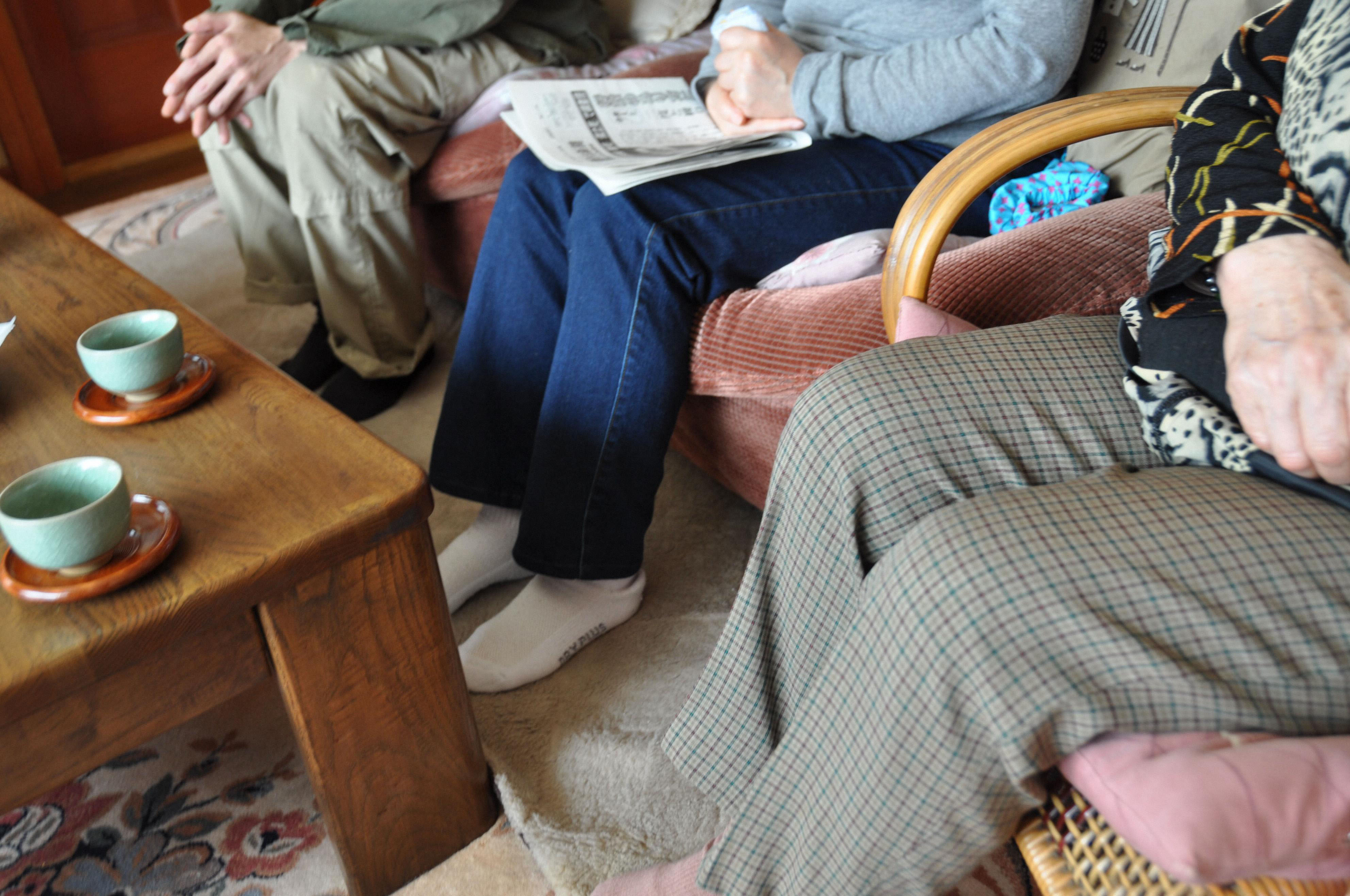Travel back with me, reader, 60 years in time. It's 1953. Two booms are in full swing: one economic, the other reproductive; the first fueled largely by the Korean War, the second, in part, by the first. Among the 2 million babies born in Japan that year — nearly twice as many as were born this year — were two who lately, approaching 60, were the center of an acrimonious court clash — which is not, except peripherally, the subject of this story.
The two were born on the same day — March 30, 1953 — at the same hospital: the Sanikukai in Tokyo's Sumida Ward. Back then, there was as much pressure on maternity hospitals as there is today on senior-citizen facilities. Demand outpaced supply. Maternity ward nurses were run off their feet, as are caregivers for the elderly today.
Babies, except to their loved ones, all look pretty much alike. Clerical errors happen, mix-ups occur. Two babies get mistaken for each other and go to the wrong families. It happened fairly often in the 1950s, says Josei Seven magazine. Most of the mistakes were spotted quickly and set right. Not so for Takeshi Ito and Naoki Takeda (to borrow the pseudonyms Josei Seven uses). They were well into their 50s before they learned that they were not who they thought they were.



